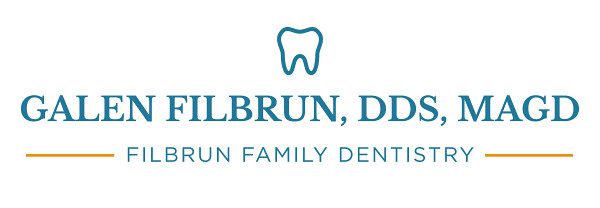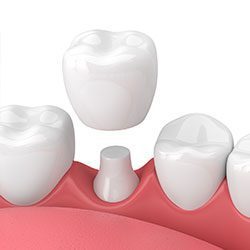Cosmetic Dentistry in Modesto, CA

Your smile is one of your most important features. Dentistry is continually evolving, and with a variety of advanced treatment options, achieving a beautiful, healthy, aesthetic smile is made easy for patients of all ages.
ARE YOU READY FOR A SMILE MAKEOVER?
If you’re considering cosmetic dentistry, ask yourself a few simple questions:
- Do you hesitate when you smile?
- Would you like to increase your self-confidence?
- Do you want to look your best in social or professional situations?
- Are you ready to reverse any dental imperfections you may have?
If you’ve answered yes to any of these questions, cosmetic dentistry may be the answer you’ve been looking for!
COSMETIC DENTISTRY IS AN ART AND A SCIENCE
Let us help you achieve your smile goals! Cosmetic dentistry is different from general dental care; it is both an art and science. By providing cosmetic dental care, your dentist is able to offer smile enhancement, restoration, and maintenance treatments for optimal dental health. Using cutting-edge techniques and advanced materials, our office proudly offers you a beautiful, natural smile and all the benefits that come with it.
Feel more confident about your appearance with a new smile that is as beautiful as it is healthy. You no longer have to suffer from missing, chipped, discolored, or crooked teeth. Contact our practice today and schedule your smile makeover through cosmetic dentistry!





